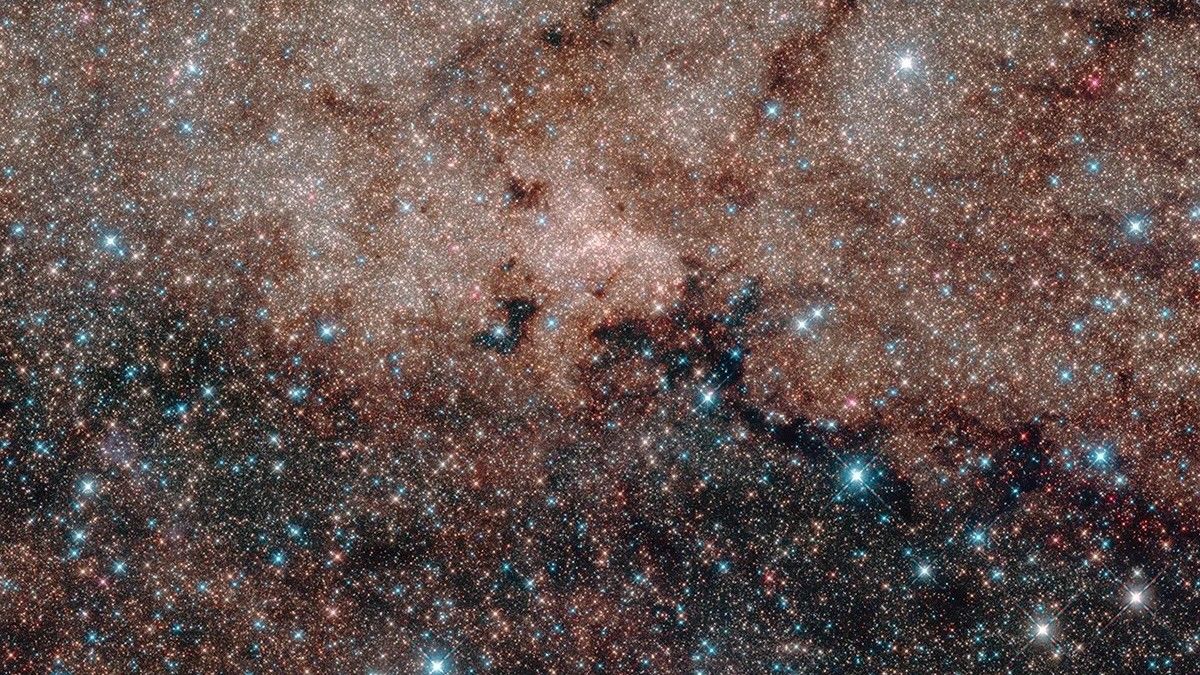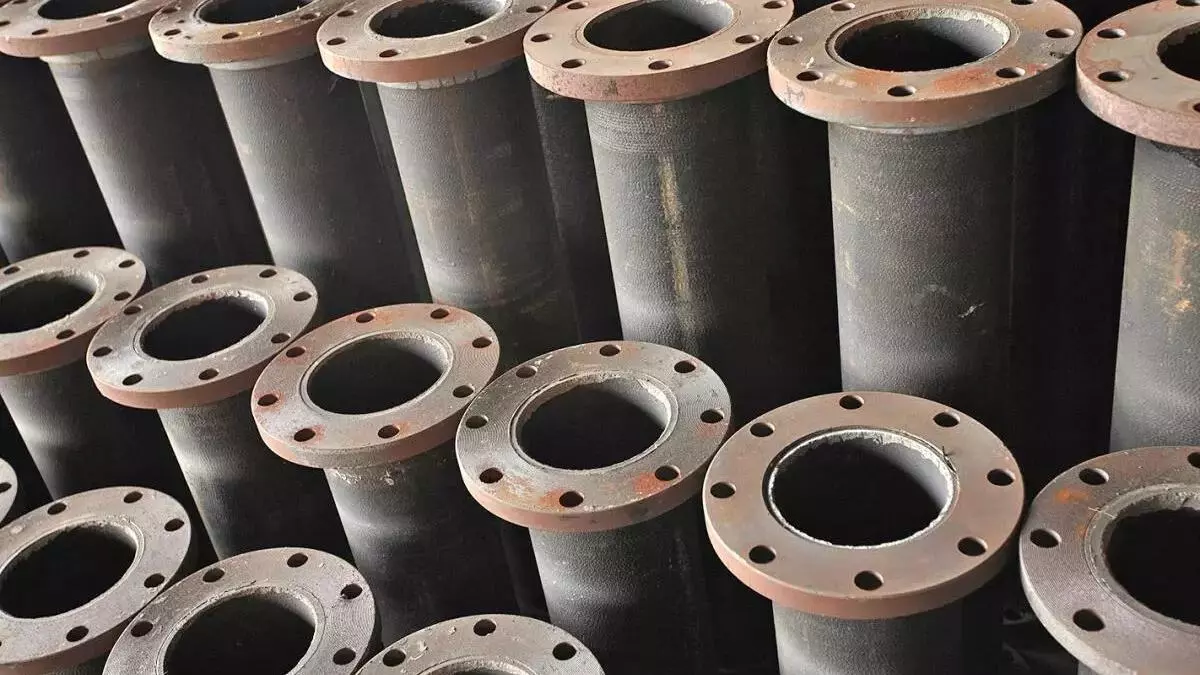

New research suggests the moon is much older than previous estimates, with a history marked by intense volcanic activity that melted its crust multiple times.
These findings, published in Nature by an international team of scientists, offer fresh insights into the moon’s turbulent past and resolve longstanding contradictions about its age.
The moon’s story begins with a colossal collision billions of years ago.
Early in the solar system’s history, a Mars-sized object smashed into the young Earth, generating enough heat to melt our planet entirely and send debris into space.
This material eventually coalesced to form the moon, initially covered in a massive ocean of molten rock. Over time, the moon cooled and moved further away from Earth, settling into its current orbit about 384,400 kilometers away.
When the moon was closer to Earth—about one-third of its current distance—gravitational forces between the two bodies were much stronger.
These forces stretched and heated the moon’s interior, fueling extreme volcanic activity.
Francis Nimmo from the University of California Santa Cruz explains that during this period, the moon’s orbit became slightly elliptical, causing its distance from Earth and its speed to vary.
This constant “churning” of the moon’s interior generated enough heat to melt its mantle, reshaping its crust multiple times over millions of years.
The researchers compare this to Jupiter’s moon Io, the most volcanically active body in the solar system, where tidal forces from Jupiter’s gravity heat its interior.
This intense volcanic activity reset the moon’s geological clock. Rocks on the moon contain radioactive isotopes that decay over time, allowing scientists to calculate their age.
However, when rocks are heated, their isotopes can mix with the environment, effectively erasing their earlier “ages” and starting the clock over.
“The moon’s strong volcanism likely reset the clock on most of its crustal rocks,” says Thorsten Kleine of the Max Planck Institute for Solar System Research. This explains why most lunar rock samples point to a younger age for the moon’s crust, around 4.35 billion years ago, even though the moon itself is much older—between 4.43 and 4.51 billion years.
A few rare crystals of zirconium silicate, called zircons, survived the moon’s fiery history. These heat-resistant minerals retained their original ages, providing a glimpse into the moon’s earlier formation.
By analyzing these zircons and combining their findings with new calculations, the researchers concluded that the moon’s crust was repeatedly melted and reshaped by volcanic activity after its initial formation.
These findings also explain other mysteries about the moon. For example, its relatively few craters suggest it didn’t experience as many impacts as expected over billions of years. The researchers believe lava from volcanic activity may have filled in early craters, erasing evidence of impacts.
The composition of the moon’s mantle—different from Earth’s—also puzzled scientists. The new study suggests that during the moon’s volcanic phase, some materials escaped from the mantle into the moon’s core, altering its composition.
This research provides a more complete understanding of the moon’s history, reconciling previously conflicting data. “All the pieces of the puzzle that didn’t fit before now come together into a coherent picture,” says Kleine.
The study not only sheds light on the moon’s violent past but also offers a better understanding of its formation and evolution, highlighting its unique and dynamic relationship with Earth.
Source: Max Planck Society.









Leave a Comment